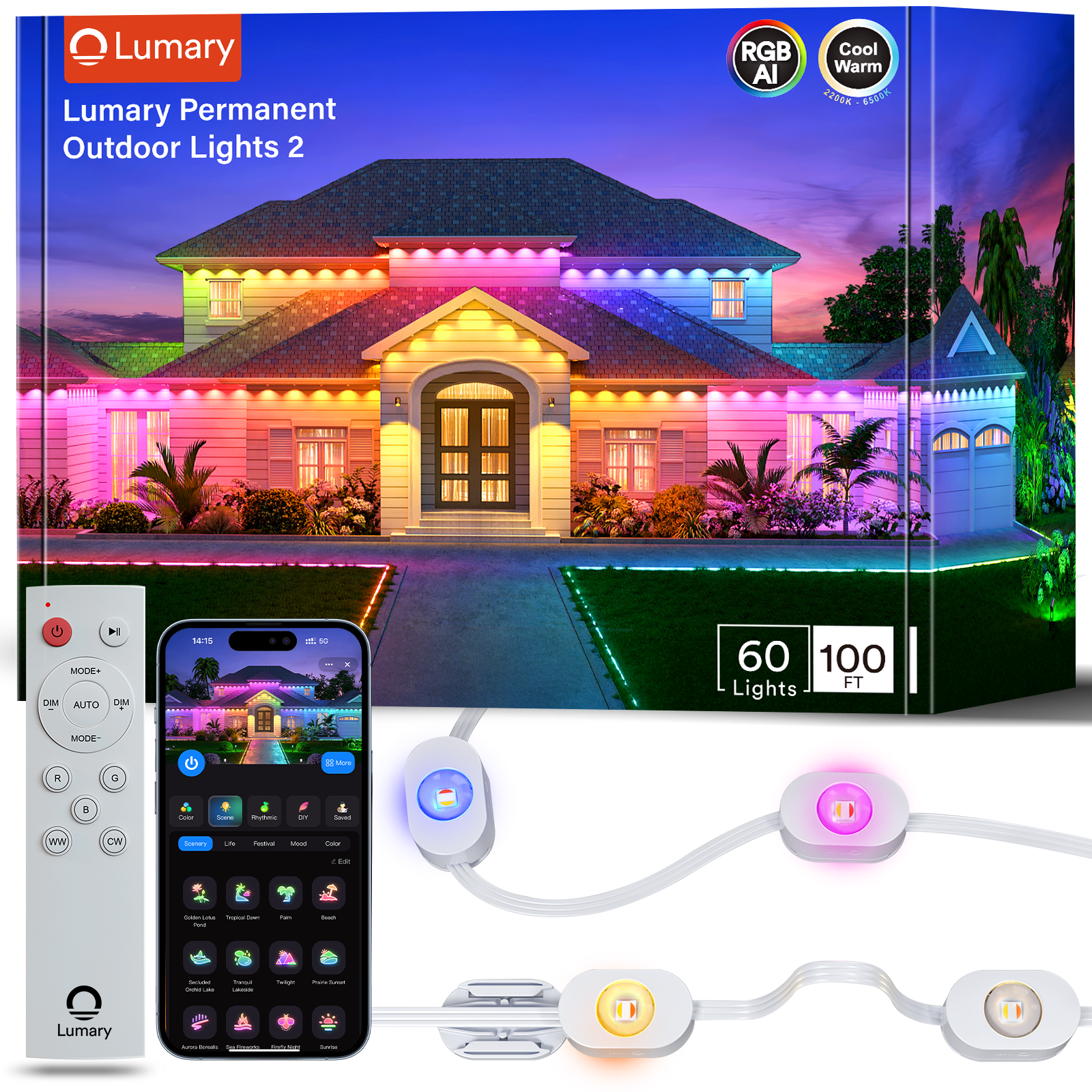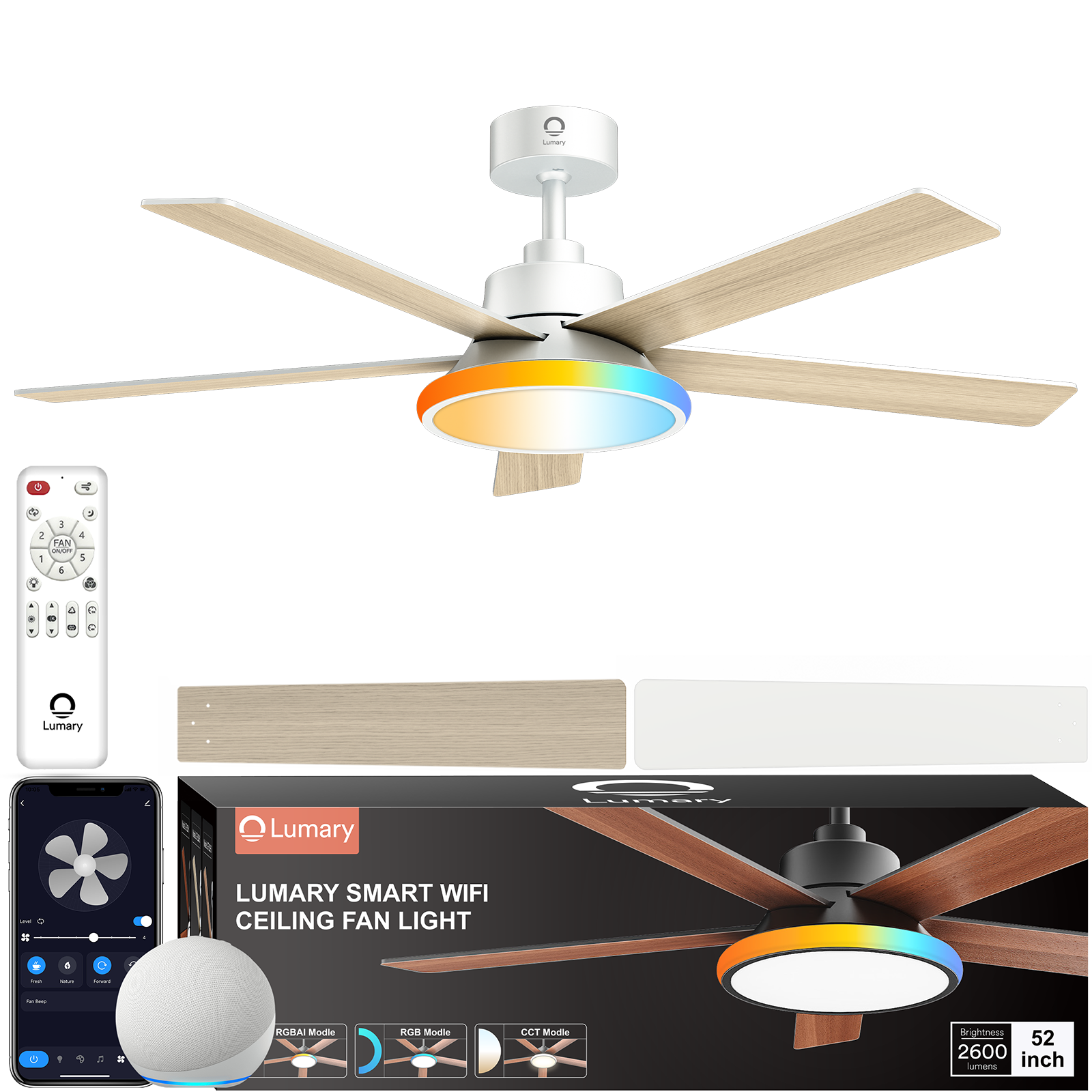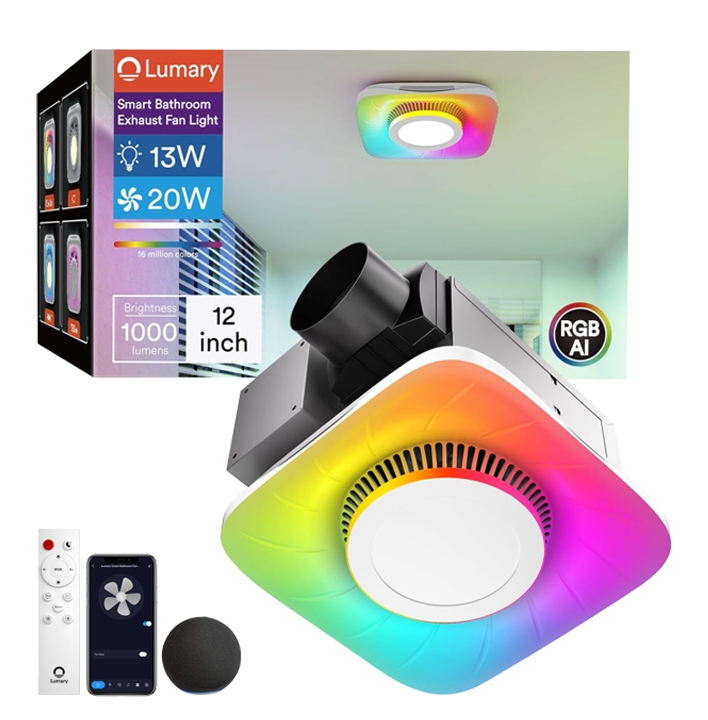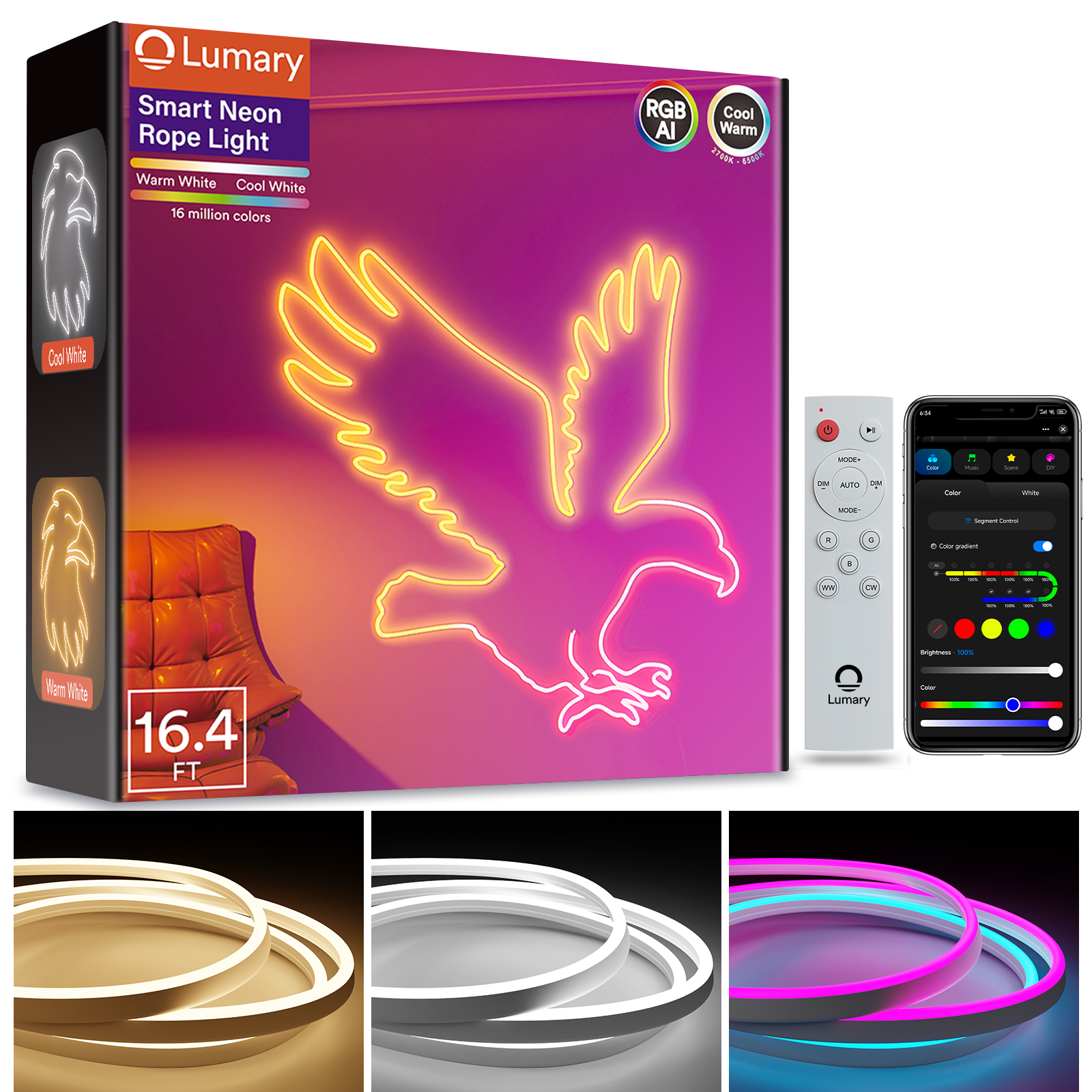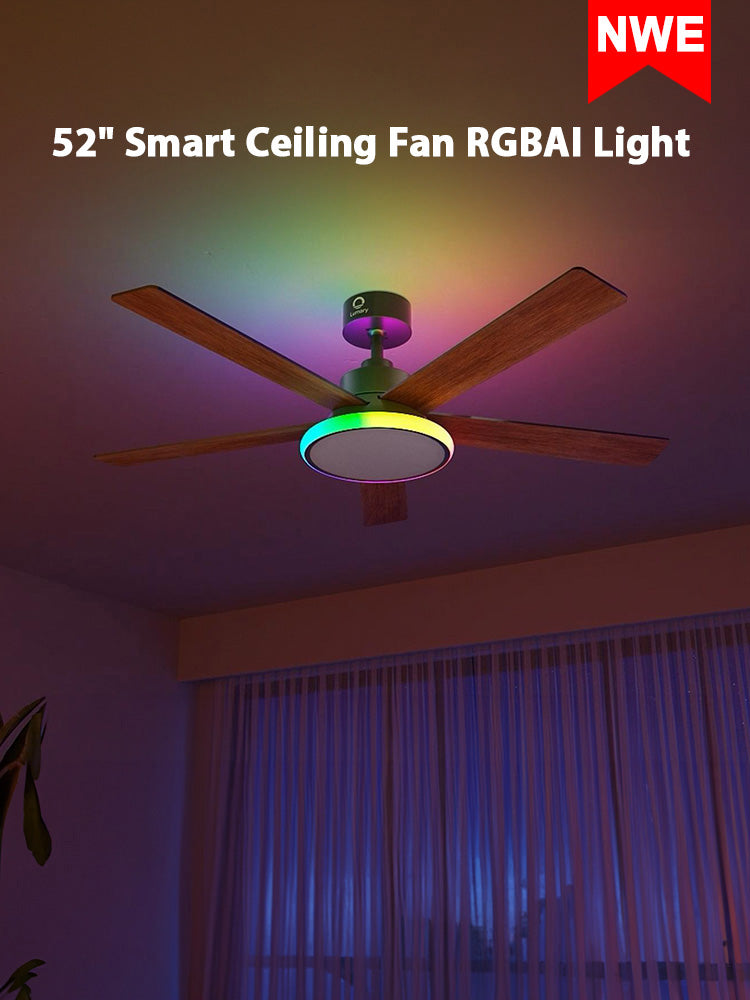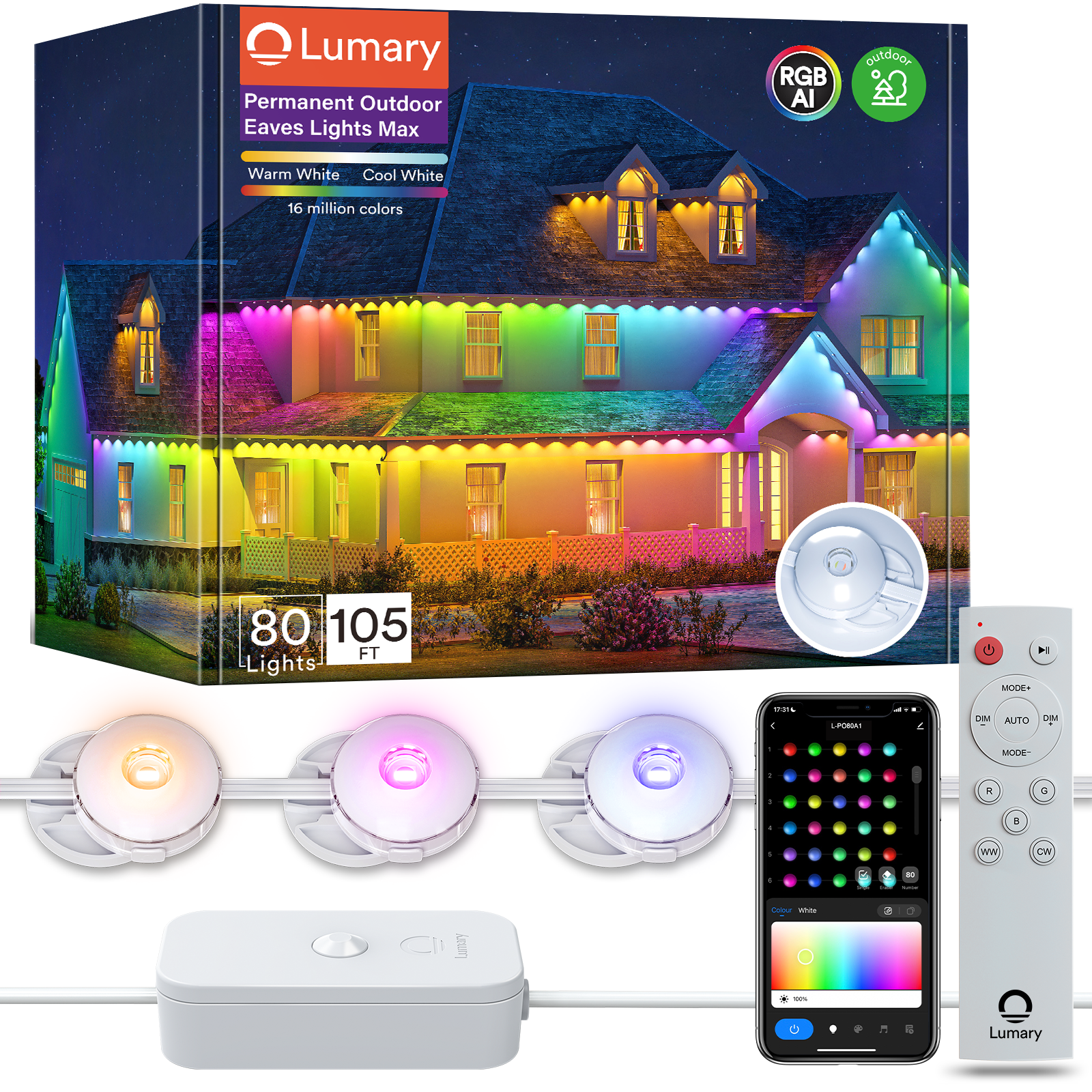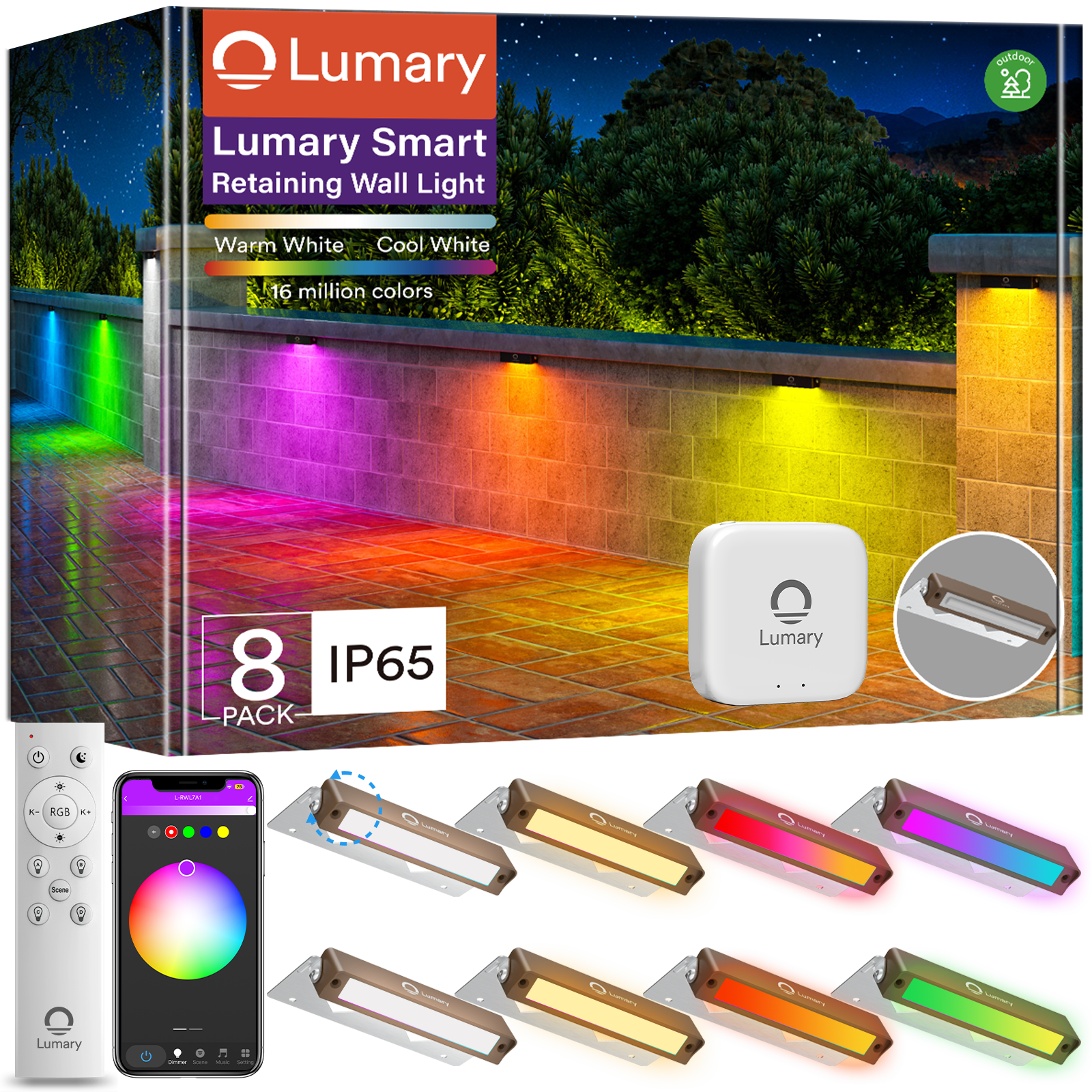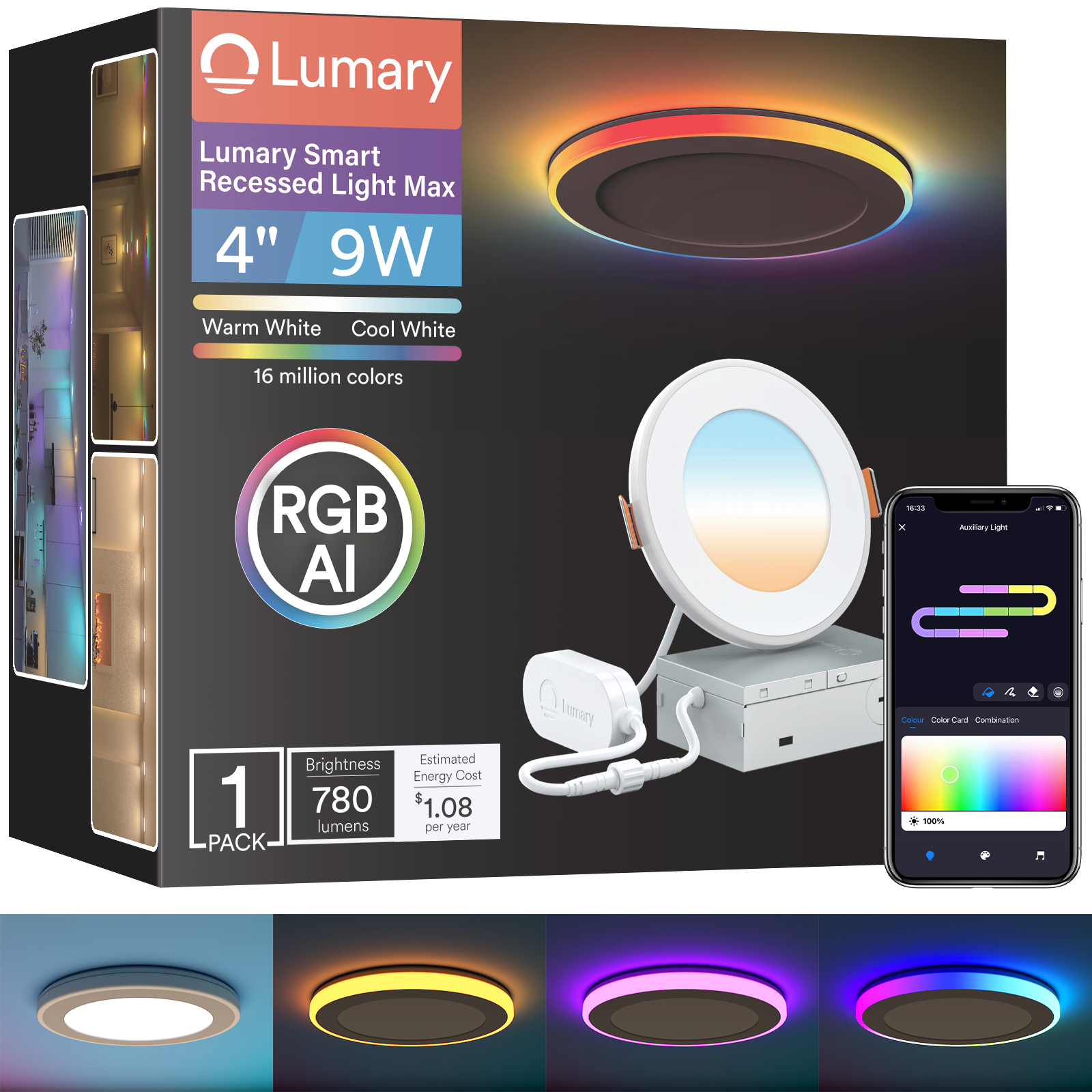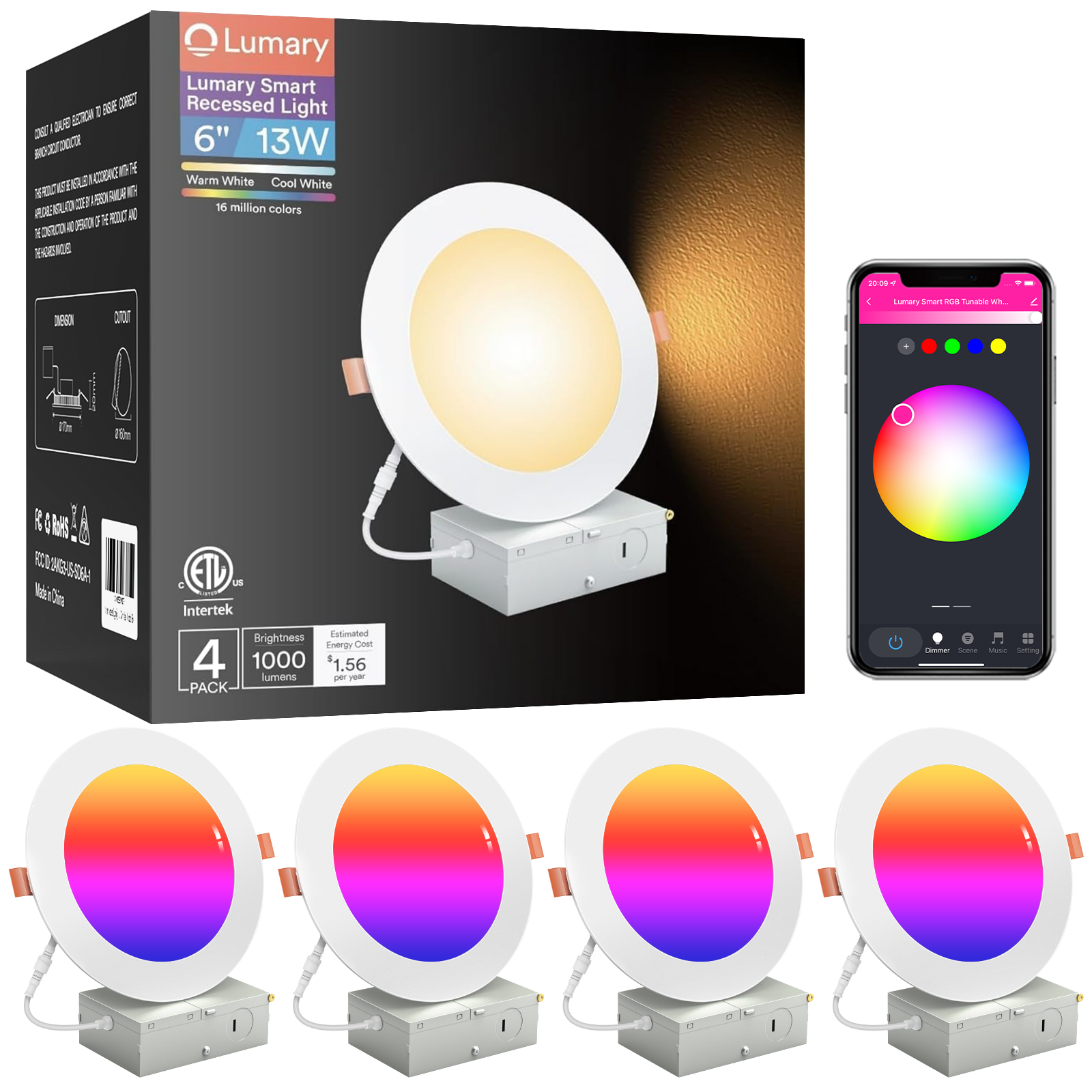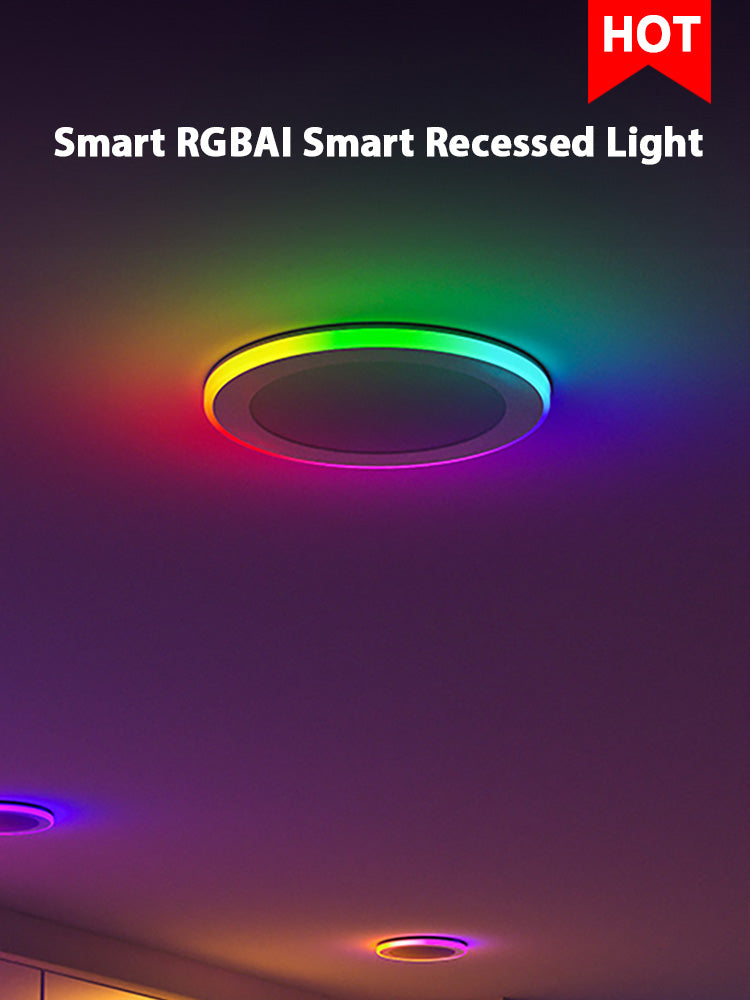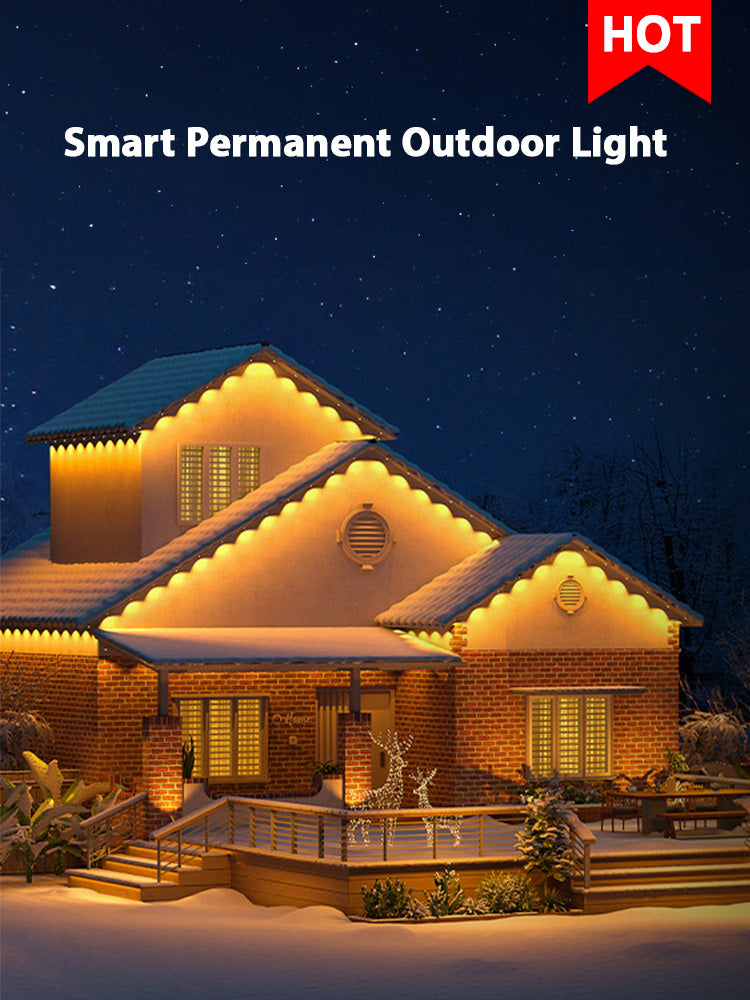LED strip lights have become a game-changer for home lighting, especially when it comes to enhancing the ambiance of any led lights room. They’re affordable, versatile, and incredibly easy to install. Whether you want to add a cozy glow to your bedroom or highlight architectural details in your living space, these lights can do it all. With prices often under $20, they offer a budget-friendly way to elevate your decor. Plus, their energy efficiency helps you save on electricity bills while reducing your carbon footprint. By choosing LED lights, you’re not just upgrading your room—you’re making a smart, stylish, and sustainable choice.
Key Takeaways

-
LED strip lights are an affordable and versatile way to enhance your home’s ambiance, with many options available for under $20.
-
Before installation, gather essential tools and materials, including LED strips, a power supply, measuring tape, and cleaning supplies to ensure a smooth setup.
-
Carefully plan and measure your installation area to avoid mistakes and achieve a professional look; visualize placements before sticking the strips down.
-
Prepare the surface by cleaning it thoroughly to ensure the adhesive backing of the LED strips sticks properly and lasts longer.
-
When installing, peel and stick the strips gradually, using mounting clips for added security in tricky areas or high-humidity spaces.
-
Test your LED lights after installation to ensure they work correctly, checking for any issues with connections or brightness.
-
Regular maintenance, such as dusting the strips and avoiding excessive bending, will keep your LED lights looking bright and functioning well for years.
What You’ll Need for Installing LED Lights in a Room
Before diving into the installation process, it’s essential to gather everything you’ll need. Having the right tools and materials on hand will make the setup smoother and more efficient. Here’s a checklist to help you get started.
Tools and Materials Checklist
LED strip lights (ensure they are the correct length and type for your needs)
LED strip lights come in various lengths and styles. Choose the ones that fit your space and purpose. For example, flexible LED strip lights are perfect for architectural lighting, under-cabinet illumination, or decorative accents. Measure your space beforehand to ensure you purchase the correct length. Many LED strips, like those from aspectLED, can be cut to size, making them versatile for any project.
Power supply and connectors
A reliable power supply is crucial for your LED lights. Make sure it matches the voltage of your LED strips. If you plan to connect multiple strips, you’ll also need connectors to join them seamlessly. These connectors ensure proper alignment and consistent lighting across all sections.
Measuring tape
Accurate measurements are key to a professional-looking installation. Use a measuring tape to determine the exact length of LED strips you’ll need for your chosen area. This step helps you avoid cutting too much or too little.
Scissors (if the strips are cuttable)
Some LED strips are designed to be cut at specific intervals. Scissors will help you trim the strips to the desired length. Always check the manufacturer’s guidelines to ensure you cut only at the designated points.
Cleaning supplies (e.g., rubbing alcohol, cloth)
A clean surface is essential for proper adhesion. Dust, grease, or dirt can weaken the adhesive backing of your LED strips. Use rubbing alcohol and a cloth to thoroughly clean the area where you’ll install the lights. Let it dry completely before proceeding.
Optional: Mounting clips or additional adhesive
While most LED strips come with adhesive backing, mounting clips or extra adhesive can provide added security. These are especially useful in areas with high humidity or uneven surfaces. Clips also help keep the strips in place if they’re exposed to movement.
Pro Tip: Organize your tools and materials before starting. This will save you time and prevent interruptions during the installation process.
By gathering these items, you’ll be well-prepared to set up your LED lights room with ease. The right tools and materials not only simplify the process but also ensure a durable and polished result.
Step 1: Plan and Measure for LED Lights Room Setup
Planning and measuring are the foundation of a successful LED strip light installation. Taking the time to map out your setup ensures a clean, professional look and saves you from unnecessary mistakes later. Let’s break this step into two key parts: deciding on placement and measuring the area.
Decide on Placement
Where you place your LED strip lights can completely transform the vibe of your space. Start by identifying the areas you want to illuminate. Popular spots include:
-
Under cabinets: Perfect for adding functional lighting in kitchens or workspaces.
-
Along ceilings: Creates a soft, ambient glow that enhances the overall atmosphere.
-
Behind furniture: Adds depth and a modern touch to your room.
Once you’ve chosen the locations, think about the power source. Make sure it’s accessible and close enough to your planned setup. This avoids messy wires running across your room. If you’re installing lights in multiple areas, consider how you’ll connect them to a single power source or if you’ll need additional outlets.
Pro Tip: Visualize the final look by temporarily placing the LED strips in your chosen spots without sticking them. This helps you see how the lighting will interact with your space.
Measure the Area
Accurate measurements are crucial for a polished result. Grab a measuring tape and follow these steps:
-
Measure each section: Determine the exact length of LED strips needed for every area you plan to light. If you’re working with corners or uneven surfaces, account for those in your measurements.
-
Mark the placement: Use a pencil or masking tape to outline where the strips will go. This gives you a clear guide during installation and helps avoid misalignment.
If you’re installing LED lights in multiple locations, measure each spot individually. This ensures you buy enough strip lighting to cover the entire length. Cutting the strips to size later becomes much easier when you’ve planned everything in advance.
Pro Tip: Always double-check your measurements before purchasing or cutting the LED strips. A small error can lead to wasted materials or an uneven look.
By planning and measuring carefully, you set yourself up for a smooth installation process. This step not only saves time but also ensures your LED lights room looks cohesive and well-designed.
Step 2: Prepare the Surface for LED Strip Lights

Preparing the surface is a crucial step that ensures your LED strip lights stay securely in place. A clean and smooth surface not only helps the adhesive backing stick better but also prevents the strips from peeling off over time. Let’s dive into how you can get your surface ready for a flawless installation.
Clean the Surface
Before applying your LED strip lights, take a moment to clean the area thoroughly. Dust, grease, or dirt can weaken the adhesive and cause the strips to fall off later. Follow these steps to ensure the surface is spotless:
-
Grab your cleaning supplies: Use a soft cloth and some rubbing alcohol. Avoid harsh cleaners that might leave a residue.
-
Wipe down the area: Gently clean the surface where you plan to install the lights. Focus on removing any dust, grease, or grime.
-
Let it dry completely: Make sure the surface is dry before moving on. Moisture can interfere with the adhesive and reduce its effectiveness.
Pro Tip: If you’re working with textured or uneven surfaces, spend extra time cleaning to ensure the adhesive can grip properly.
Check Adhesion
Once the surface is clean and dry, it’s time to test the adhesive backing of your LED strip lights. This step helps you confirm that the strips will stick securely to the chosen area. Here’s how to do it:
-
Peel a small section of the backing: Start with a short piece of the adhesive backing to avoid wasting the strip.
-
Press it onto the surface: Apply firm pressure to ensure the adhesive makes full contact with the surface.
-
Observe the bond: Check if the strip stays in place. If it doesn’t stick well, consider using additional adhesive or mounting clips for extra support.
Pro Tip: For areas with high humidity or tricky textures, double-sided tape or mounting clips can provide added stability.
By taking the time to clean and test the surface, you set the foundation for a durable and professional-looking installation. These simple steps make all the difference in creating a stunning LED lights room that lasts.
Step 3: Install the LED Strip Lights in Your Room
Now comes the exciting part—installing your LED strip lights! This step is where your vision starts to come to life. By following these simple instructions, you’ll ensure a smooth and secure installation that looks professional and lasts.
Apply the Strips
Applying the LED strips is straightforward, but taking your time will make all the difference. Here’s how to do it:
-
Peel and Stick Gradually
Start at one end of the surface. Peel off a small section of the adhesive backing from the LED strip. Press the strip firmly onto the surface as you go. Work slowly and avoid peeling off too much backing at once. This helps you maintain control and ensures the strip adheres evenly. -
Secure with Mounting Clips or Extra Adhesive
For areas where the adhesive might not hold well—like textured walls or high-humidity spaces—use mounting clips or additional adhesive. Place the clips at regular intervals to keep the strip secure. This extra step prevents sagging and keeps your setup looking neat.
Pro Tip: If you’re installing the strips on a visible surface, align them carefully to avoid crooked placement. A steady hand here will give your LED lights room a polished finish.
Handle Corners and Tricky Areas
Corners and uneven surfaces can be tricky, but they’re manageable with the right approach. Follow these tips to navigate these challenges:
-
Bend Gently for Corners
If your LED strip is flexible, you can gently bend it to fit around corners. Avoid sharp folds, as these can damage the strip or disrupt the lighting. For a cleaner look, use corner connectors designed specifically for LED strips. These connectors create seamless transitions and maintain consistent brightness. -
Avoid Over-Bending
LED strips are durable, but they have limits. Over-bending or twisting the strip can damage the internal wiring. Handle the strip with care, especially in tight spaces. If the area is too tight for bending, cut the strip at the designated points and reconnect it using connectors.
Pro Tip: Test the strip’s flexibility before installation. This helps you understand how much it can bend without causing damage.
By carefully applying the strips and addressing tricky areas with patience, you’ll achieve a flawless installation. Whether you’re lighting up a ceiling, under cabinets, or behind furniture, these steps ensure your LED lights room looks stunning and stays functional for years to come.
Step 4: Connect and Test the LED Lights Room Setup
Once your LED strip lights are in place, it’s time to bring them to life. Connecting and testing the lights ensures everything works as planned before you finalize the setup. Follow these steps to make sure your LED lights room shines perfectly.
Connect to Power
To get started, connect your LED strip lights to the power supply or controller. Here’s how you can do it:
-
Attach the LED Strip to the Power Supply
Locate the end of the LED strip with the connector. Plug it into the power supply or controller as instructed by the manufacturer. Double-check that the voltage of the power supply matches the requirements of your LED strips. Using the wrong voltage can damage the lights or reduce their lifespan. -
Use Connectors for Multiple Strips
If you’re joining multiple LED strips, use connectors to link them together. Align the wires carefully, ensuring the colors match (e.g., red to red, black to black). This step guarantees a seamless connection and consistent lighting across all strips. Many LED strips come with pre-marked cutting points, so trim any excess length if needed before connecting.
Pro Tip: Lay out all the components for a mock setup before making the connections. This helps you spot any missing parts or potential issues early.
Test the Lights
Before celebrating your new lighting setup, test the LED strips to confirm they’re working correctly. Here’s what to do:
-
Plug in the Power Supply
Once everything is connected, plug the power supply into an outlet. Turn on the lights using the controller or switch. Watch as your LED strips light up and transform the space. -
Inspect for Issues
Check each section of the LED strip for brightness and functionality. Look for dim or non-functioning areas. If you notice any problems, revisit the connections. Ensure the wires are secure and the connectors are properly aligned. For strips with adjustable colors or brightness, test these features to confirm they work as expected.
Pro Tip: If the lights don’t turn on, don’t panic. Double-check the power supply, connectors, and alignment. Sometimes, a small adjustment can fix the issue.
Testing your LED strip lights before finalizing the setup saves you time and effort. It ensures your LED lights room looks flawless and functions perfectly. Once you’re satisfied with the results, you’re ready to enjoy your new lighting and the ambiance it creates.
Step 5: Troubleshooting and Maintenance for LED Strip Lights
Even with proper installation, LED strip lights can sometimes face issues. Knowing how to troubleshoot and maintain them ensures they stay functional and look great for years. Let’s tackle common problems and share tips to keep your lights shining bright.
Common Issues and Fixes
If the lights don’t turn on, check the power supply and connections.
When your LED strip lights fail to turn on, the issue often lies in the power supply or connections. Start by inspecting the power source. Ensure it’s plugged in securely and matches the voltage requirements of your LED strips. A mismatch in voltage can prevent the lights from working. Next, examine the connectors. Loose or misaligned wires can disrupt the flow of electricity. Reconnect them carefully, ensuring the colors align correctly.
Quick Tip: If you’re using multiple strips, test each one individually. This helps you pinpoint whether the problem is with a specific strip or the entire setup.
For uneven lighting, ensure the strips are properly connected and not damaged.
Uneven lighting, such as dim sections or flickering, usually points to poor connections or damage. Check the connectors between strips. Loose or improperly aligned connectors can cause inconsistent brightness. If the connectors seem fine, inspect the LED strip itself. Look for visible damage, such as cuts or bends, which can disrupt the internal wiring. Replace any damaged sections to restore even lighting.
Pro Tip: Avoid over-bending the strips during installation. This prevents internal damage and ensures consistent performance.
Maintenance Tips
Dust the strips regularly to maintain brightness.
Dust buildup can dull the brightness of your LED strip lights over time. To keep them looking vibrant, clean the strips regularly. Use a soft, dry cloth to gently wipe away dust. For hard-to-reach areas, a small brush or compressed air works well. Regular cleaning not only enhances brightness but also extends the lifespan of your lights.
Did You Know? Dust can accumulate faster in areas like kitchens or near windows. Pay extra attention to these spots during your cleaning routine.
Avoid pulling or bending the strips excessively to prevent damage.
LED strip lights are durable but not indestructible. Excessive pulling or bending can damage the internal wiring, leading to malfunctioning sections. Handle the strips with care, especially during installation or when making adjustments. If you need to reposition them, peel them off slowly to avoid tearing the adhesive or damaging the strip.
Pro Tip: Use mounting clips for added support. These clips reduce strain on the adhesive and keep the strips securely in place.
By addressing common issues and following these maintenance tips, you can enjoy a flawless LED lights room for years. Troubleshooting doesn’t have to be complicated, and a little care goes a long way in preserving the beauty and functionality of your lighting setup.
Installing LED strip lights is a fun and rewarding way to transform your space. With their versatility and ease of use, you can create a stunning led lights room that reflects your style. By following the steps in this guide, you’ll achieve a professional-looking setup that enhances both functionality and aesthetics. Experiment with placements to find the perfect ambiance for your home. Whether it’s a cozy glow or vibrant accents, LED strip lights offer endless possibilities. Enjoy the energy efficiency, low maintenance, and creative freedom they bring to your space!

